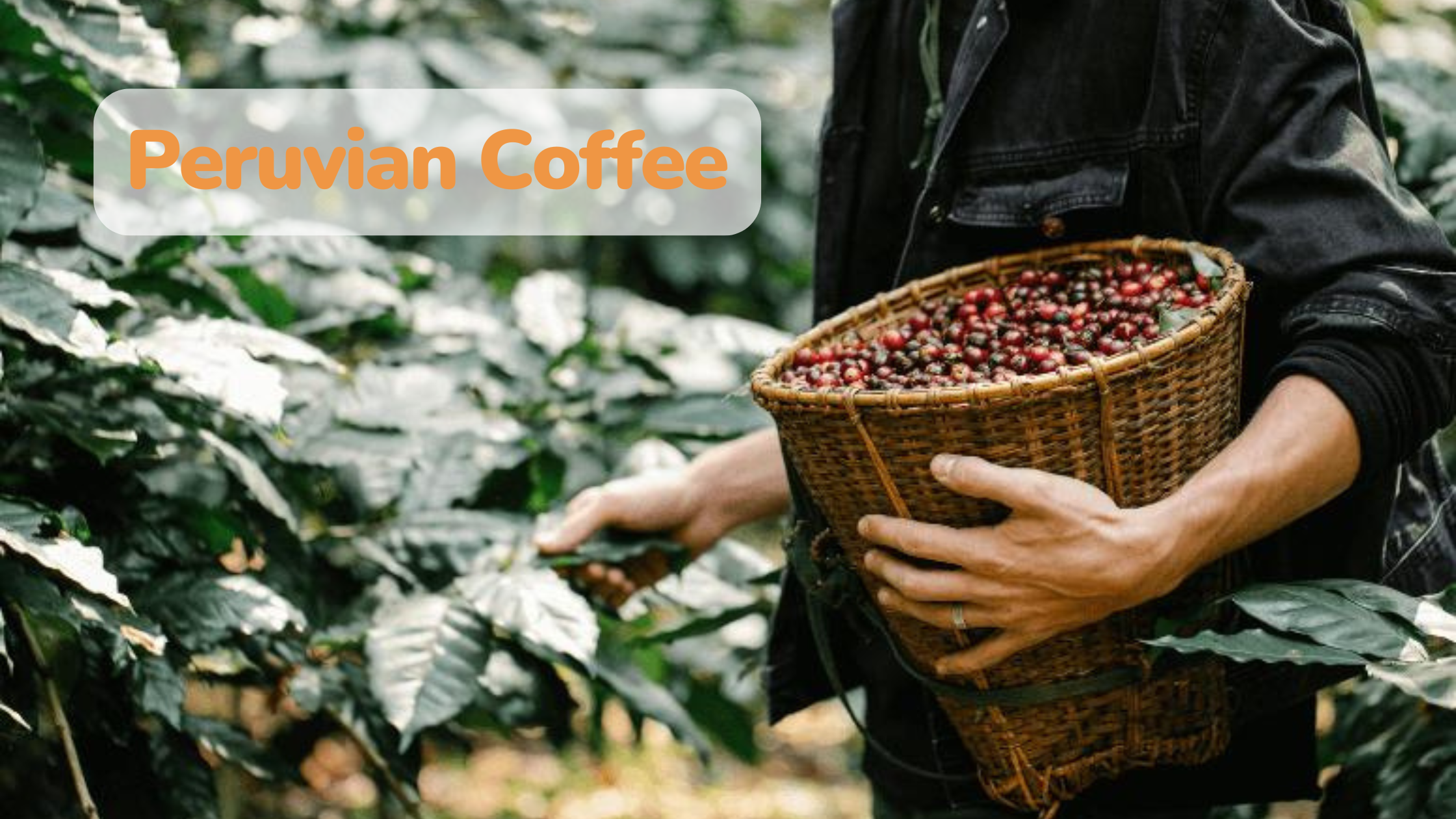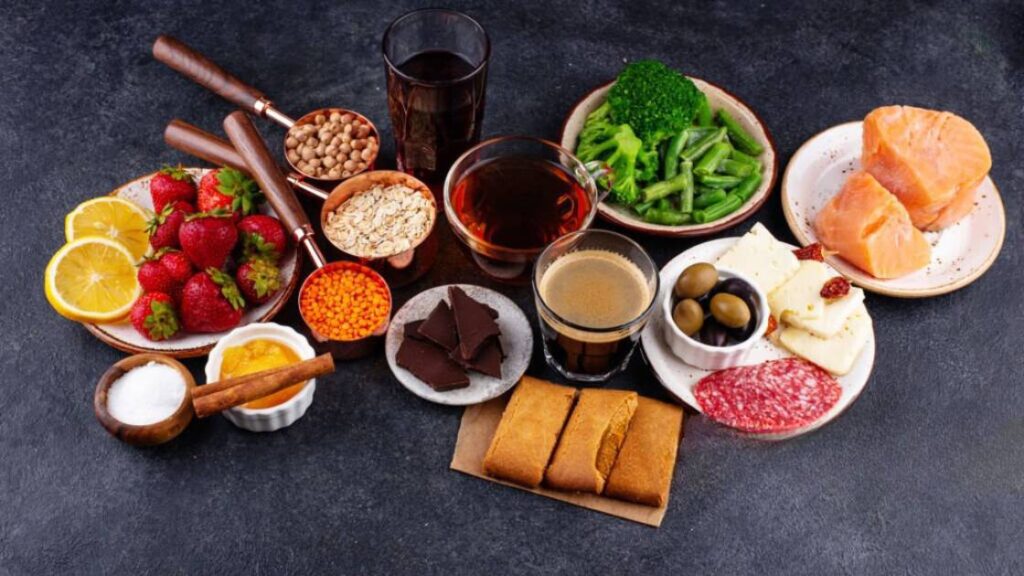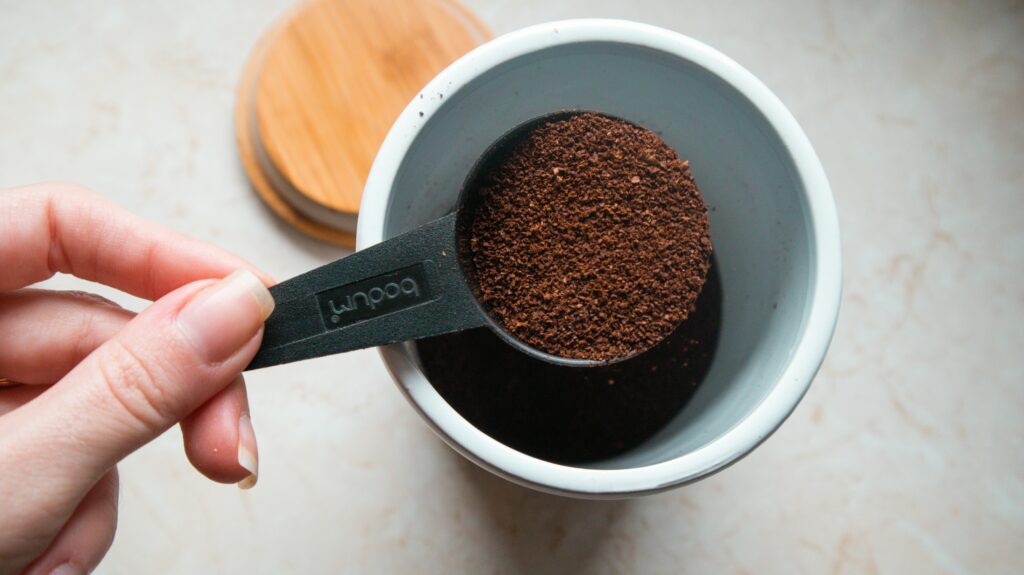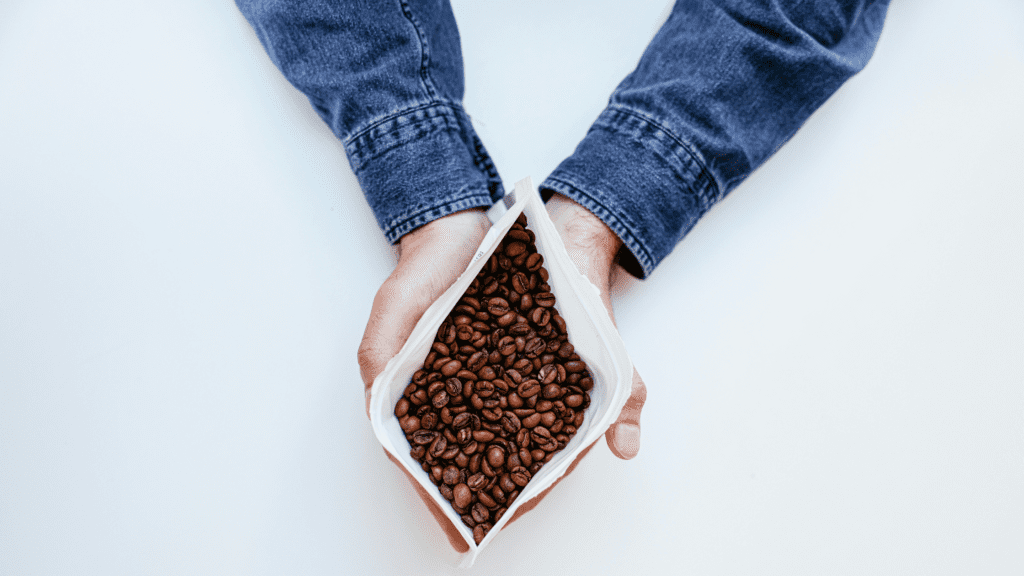I think that being out in the highlands of Peru has helped me understand why there’s been such a buzz over Peruvian coffee lately. Incredibly scenic, the rolling mountain landscape nurtures the Peruvian coffee farms. Each cup tells a story of the land—a rich flavor born from the high altitudes and the passion of local farmers. Having visited these farms myself, I have a real appreciation for how complex and thoughtful the creation of each single bean is.
Table of Contents
ToggleThe History of Peruvian Coffee
During my travels to Peru, I learned that coffee cultivation began in the 1700s, though it was mainly enjoyed locally. It wasn’t until the late 1800s, when European exporters in Southeast Asia faced a crisis due to a coffee-plant disease, that Peru started gaining attention as a coffee-producing country. European investors quickly turned to Peru’s high-altitude farms, which offered the perfect environment for cultivating coffee.
Local farmers in Cajamarca shared stories of how European investments helped expand the coffee industry, but this growth was short-lived. World War I disrupted the coffee trade, forcing European investors to sell off their land and leaving the local farmers without the resources to maintain large-scale exports. Listening to the older farmers recount how middlemen exploited this vacuum, underpaying them and severing their connection to the fruits of their labor, was both frustrating and eye-opening.
What Is the Coffee-to-Water Ratio?
Co-op farms are businesses owned and operated by the producers and users, allowing them to benefit directly from their participation. Instead of focusing on outside investors, co-ops prioritize their members’ success. When a farmer joins a co-op, they earn based on how much they contribute. For example, if a farmer produces 10% of the cooperative’s coffee output, they would receive 10% of the co-op’s net earnings from processing, marketing, and selling that coffee.
This model reduces risks for the farmers, increases their income, and helps them remain competitive in the market. Over the last decade, Peru’s co-ops have become more structured, providing small-scale farmers with better opportunities. These co-ops link up with organizations like Fair Trade, allowing the farmers to access higher-paying markets. Today, about 15-20% of Peru’s coffee farmers are part of co-ops, which help them grow and secure better livelihoods.
In addition to fairer pricing, co-ops foster a collective identity among farmers, provide them control over their production processes, and offer valuable training for long-term sustainability. However, while co-ops have improved the lives of many farmers, climate change continues to pose significant challenges to coffee production in Peru, threatening the future of these farms.
| Co-Op | Region | Focus |
|---|---|---|
| CENFROCAFE | Cajamarca | Fair trade, organic |
| COOPAFSI | San Martin | Sustainable farming |
| NORANDINO | Piura | Specialty coffee |
What Does Peruvian Coffee Taste Like?
The Peru coffee flavor profile varies significantly based on where the beans are grown, especially in relation to altitude. Peruvian coffee beans are generally known for their mild acidity, medium body, and a wide range of flavors, from fruity to chocolatey.
Northern Peru (Cajamarca): Produces Peruvian Cajamarca coffee, which is recognized for its nutty and chocolate flavors with hints of caramel. This region’s beans are more balanced and sweet.
Central Peru (Chanchamayo): Coffee here is bright with citrus or floral notes. This area is famous for its well-rounded coffees that appeal to a broad range of tastes.
Southern Peru (Cusco, Puno): These regions produce full-bodied coffees with flavors of black fruits, chocolate, and caramel. The high-altitude areas, like farms near Cusco and Machu Picchu, tend to produce specialty-grade beans with bright acidity, vibrant floral aromas, and rich sweetness. These high-altitude beans are highly sought after by specialty coffee roasters.
Peruvian coffee grown at lower altitudes tends to have a mild acidity and a medium body, with notes of nuts, flowers, and fruit. Conversely, higher altitude farms produce coffee with bright acidity, more floral aromas, and a sweeter taste, qualities that are highly prized by roasters and specialty coffee buyers.
For example, Bean & Bean Coffee sources its Peruvian coffee from Cooperativa Agraria Frontera San Ignacio (COOPAFSI). Their coffee is known for its tangerine, peach, and caramel flavors, offering a balanced fruit and caramel finish. COOPAFSI, established in 1969, is also known for promoting gender equality and supporting women-owned farms, which makes their coffee ethically sourced as well as flavorful.
This rich diversity in flavor profiles, depending on the region and altitude, is why Peruvian coffee is beloved by coffee enthusiasts around the world.

Health Benefits of Peruvian Coffee
Not only is Peruvian coffee delicious, but it’s also packed with health benefits. Studies have shown that coffee, particularly when grown organically like most Peruvian coffee, is rich in antioxidants. These compounds help reduce inflammation, improve heart health, and may even lower the risk of certain diseases like cancer and Alzheimer’s. The antioxidants found in coffee—like chlorogenic acids—are especially abundant in high-altitude grown beans.
According to a study from the Journal of Agricultural and Food Chemistry, organically grown coffee, like that from Peru, tends to have higher levels of antioxidants than conventionally grown varieties.
How to Brew the Perfect Cup of Peruvian Coffee?
To get the most out of Peruvian coffee, you need the right brewing method. Here are a few tips to brew the best cup:
Grind Your Beans Fresh:
To preserve the fruity and nutty flavors of Peruvian coffee, grind the beans right before brewing. Freshly ground beans will give you the best taste.Get the Water Temperature Right:
The ideal water temperature for brewing Peruvian coffee is between 195°F to 205°F. Water that’s too hot can burn the coffee, while cooler water won’t extract the flavors properly.Choose the Right Brewing Method:
- For lighter roasts that have fruity and floral notes, use the pour-over method. It gently brings out the bright flavors.
- For medium or dark roasts, which have richer chocolate and caramel flavors, use a French Press. This method enhances the bold, full-bodied taste of the coffee.


Popular Peruvian Coffee Brands to Try
When it comes to buying the best Peruvian coffee, look for brands that are single-origin, organic, and fair trade certified. Here are some top picks:
- Papachay Peruvian Coffee: Known for its smooth taste and premium quality.
- Volcanica Coffee: Specializes in high-altitude Peruvian beans with rich, chocolatey flavors.
- Aldi Peruvian Coffee: Offers a more affordable, yet quality option for Peruvian coffee enthusiasts.
Peruvian Coffee by Region
Each region in Peru offers its own unique coffee experience. Below is a breakdown of flavor profiles by region:
| Region | Altitude | Flavor Profile |
|---|---|---|
| Cajamarca | 1,200 – 1,800 meters | Nutty, chocolate, caramel |
| Amazonas | 1,500 – 2,000 meters | Bright, fruity, floral |
| Cusco | 1,200 – 1,700 meters | Black fruits, chocolate, creamy |
High-altitude regions like Cajamarca and Cusco tend to produce the best Peruvian coffee, with rich, complex flavors and smooth finishes.
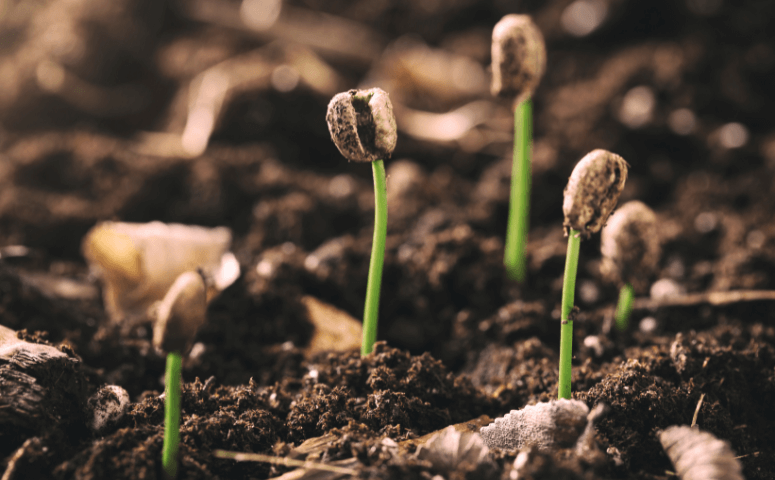

The Science Behind High-Altitude Coffee
Peru’s high-altitude regions play a significant role in the coffee’s quality. Coffee grown at high altitudes (above 1,200 meters) matures more slowly, allowing the beans to develop deeper, more complex flavors. According to the Specialty Coffee Association, coffee grown at higher elevations tends to have higher acidity and brighter flavor profiles, which is why Peruvian coffee is often described as lively and fruity.
Why Peruvian Coffee Is Worth a Try
If you’re looking for the best coffee in Peru also the best Organic Peruvian Coffee, you’ll find that it not only offers a delicious experience but is also good for the environment and the farmers who grow it. From the nutty and chocolatey notes of peruvian cajamarca coffee to the fruity brightness of Chanchamayo beans, there’s a wide range of flavors to enjoy. Whether you’re sipping on Papachay Peruvian coffee or brewing a cup of Aldi Peruvian coffee, you’re sure to appreciate the depth and quality of this unique coffee.
FAQs
1. What makes Peruvian Cajamarca coffee unique?
- Peruvian Cajamarca coffee is known for its nutty, chocolate, and caramel flavors. The beans are grown at high altitudes, which allows them to develop a balanced acidity and a smooth, sweet aftertaste. Cajamarca is one of the leading coffee-producing regions in Peru.
2. What are the health benefits of Peruvian coffee?
- Peruvian coffee is rich in antioxidants, particularly chlorogenic acids, which help reduce inflammation, lower the risk of heart disease, and protect against certain cancers. The high-altitude growing conditions also contribute to its rich nutrient profile, making it a healthy choice.
3. What is Papachay Peruvian coffee, and why is it popular?
- Papachay Peruvian coffee is known for its smooth, well-balanced flavor, with rich notes of chocolate and fruit. It is grown in high-altitude regions of Peru, which enhances its complex flavor profile. The brand is popular for its dedication to organic and sustainable farming practices.
4. How should I brew the best Peruvian coffee?
- To brew the best Peruvian coffee, grind the beans just before brewing for maximum flavor. Use a ratio of 1:15 coffee to water and a brewing method like French Press or pour-over to bring out the fruity or chocolatey notes, depending on the roast.
5. What are the flavor profiles of Peruvian coffee beans?
- The Peru coffee flavor profile is diverse and includes fruity, nutty, and chocolatey notes. Northern regions, like Cajamarca, produce coffee with more chocolate and caramel flavors, while central regions like Chanchamayo often have citrus and floral notes.
6. Why is high-altitude important for Peruvian coffee beans?
- High-altitude Peruvian coffee beans mature more slowly, which allows them to develop complex flavors like bright acidity, fruity notes, and rich body. Beans grown above 1,200 meters often have superior quality, making them some of the best coffee in Peru.
7. Where can I buy Aldi Peruvian coffee?
- Aldi Peruvian coffee is available in many Aldi stores and online. It is known for being a budget-friendly option while still offering the high quality associated with Peruvian coffee. It’s often praised for its smooth flavor and ethical sourcing.
8. What regions produce the best coffee in Peru?
- The best coffee in Peru comes from regions like Cajamarca, Chanchamayo, and Puno. These areas, with their high-altitude farms, produce beans with complex flavor profiles ranging from fruity and floral to chocolate and nutty.
9. How is Peruvian coffee typically processed?
- Peruvian coffee is mostly processed using the washed (wet) method, which enhances its bright acidity and clean flavor. Some regions also use the natural process, which brings out sweeter and fruitier flavors in the coffee beans.
10. What is the difference between Papachay Peruvian coffee and other Peruvian coffee brands?
- Papachay Peruvian coffee stands out for its commitment to organic farming and its rich, well-balanced flavor profile. Other Peruvian coffee brands may focus on specific flavor notes or roast types, but Papachay is renowned for consistently producing premium quality beans.

